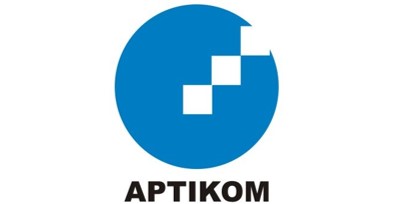AuthorGuidelines
General Author Guidelines
- The Manuscript should be written in Indonesian or English and should be original, unpublished and not under reviewed for possible publication in any other journals.
- The Manuscript may take the form of research, case studies, or literary studies.
- The manuscript submitted via website: https://journal.ajbnews.com/index.php/akiratech
- The Manuscript should be prepared according to the following author guidelines and Template. The writing template can be downloaded here
- Submitted manuscripts should have relevance and contribute something to management of Islamic education. The manuscripts should include: 150 words of Abstracts (each in English and Indonesia), Introduction, Methods, Results (findings), Discussion, Conclusion.
Structure of The Manuscripts
The Manuscript that will be submitted in this journal should contain:
- Information of article: Title: no more than 16 words; Author(s) name is fully writen without any title, Institution, email address
- Abstract: The abstract should be clear, concise, and descriptive. The abstract should be presented separately from the article, so it is independent. No more than 250 words, written in both English and Indonesia in one paragraph containing: The research objectives, research methodology, data analysis, and research findings. It is typed using font Book Antiqua (11 pt), single space.
- Introduction: This section comprises the background, the literature review or the summary of previous relevant studies, the aims of writing the article, and the description of the problem solving and clear objectives of the research, with IEEE style with 1.2 spacing. Please try to answer at least two questions: (1) why you believe that your research question is such an important to answer; and (2) how other scholars have or have not answered, or how you think your answer will.
-
Research Methods The research methods section describes the main stages and procedures of the research to investigate a research problem and the rationale for the application of specific procedures or techniques used to identify, select, process, and analyze information applied to understand the main problem of the research. In detail, research methods must be explaining the methods used, the influences that determined your approach, and why you chose samples, etc. This section must focus on answers about collected or generated data, and the process to analyze data with the relevant analytical tools. The writing should be direct and precise and always written in the past tense.
-
Result and Discussion : In this section you may discuss every aspect of the issue one by one. It is necessary to build argument and to provide original data discussed and compared to research and works of other scholars. The way to discuss an issue here is by combining the data and the discussion. The discussion is highlighted in the title and subtitles of this section. In addition, this section should significantly explore the research findings without redundant and long direct quotation
- Conclusion : The conclusion contains the short summary of the findings and discussion. Conclusion is the findings in the research that has the answers for the research questions or the objective of the research.
- References : Reference writing uses the IEEE format. Writing rules can be seen in the AKIRATECH template. References and notes should be written alphabetically as follows:
- Boughton, J.M., 2002. The Bretton Woods proposal: an in depth look. Political Science Quarterly, 42 (6),pp.564-78. (Journal)
- UNDESA (United Nations Department of Economic and Social Affairs), 2005. 6th Global forum on reinventing government: towards participatory and transparent governance. Seoul, Republic of Korea 24-27 May 2005. United Nations: New York. (Proceeding)
- Redman, P., 2006. Good essay writing: a social sciences guide. 3rd ed. London: Open University in assoc. with Sage. (Book)
- Jessup, H. (1985). Dutch Architectural Visions of the Indonesia Tradition. Muqarnas, No. 3. (Working paper)
- Luqman, A. (1986). Heboh Peninggalan Sunan Kudus. Tempo, 62. (Article from Newspaper)













